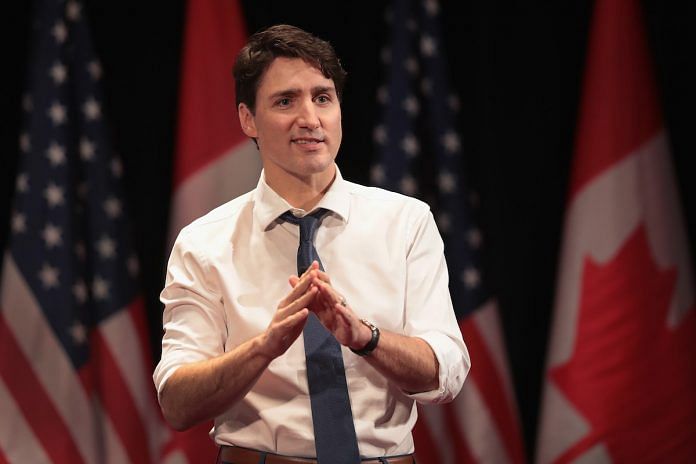New Delhi: It was a rather innocuous question in the Canadian Parliament Monday — Exactly how many individuals belong to the ‘middle class’ in the country? Only, it revealed the challenges facing Canada’s newest ministry and probably the only such in the world — the Ministry for Middle Class Property.
For the record, Canadian Minister for Middle Class Prosperity Mona Fortier responded, admitting that the country did not have an official measure to gauge what constitutes the middle class. She also added that the classification depends on a range of factors such as family situations, the city people live in and whether they face child care expenses.
The ministry was only formed in November 2019, shortly after Canadian Prime Minister Justin Trudeau was re-elected. He had added it while announcing his cabinet. The ministry is part of Trudeau’s broader plans focusing on the middle class. His budget plans in 2019 had titles such as “Growing the Middle Class” and “Investing in the Middle Class”.
After being re-elected, the Trudeau government also introduced a middle-class tax cut in early December.
Ministry for Middle Class Prosperity
According to the mandate letter, Fortier’s responsibilities as Minister for Middle Class Prosperity comprise ensuring a better incorporation of “quality of life measurements into government decision-making and budgeting, drawing on lessons from other jurisdictions such as New Zealand and Scotland”.
Neither Scotland nor New Zealand, however, has a middle class ministry.
Fortier is also meant to work with Social Development Minister Ahmed Hussen and Innovation Minister Navdeep Bains. When the portfolio was announced, many criticised the decision to create a separate ministry for the middle class because there is no agreed on definition of what constitutes the middle class. There are also claims that the portfolio is more political as opposed to practical.
The Organisation for Economic Co-operation and Development (OECD) came out with a definition for ‘middle class’ in 2016 which stated that the middle class refers to anyone who earns between 75 per cent and 200 per cent of median household income after tax. The OECD also released a report in 2019 which stated that the middle class in its member countries was shrinking as many households slip into lower-income classes.
Also read: Move over Trudeau, Jagmeet Singh is Canada’s new millennial political icon



